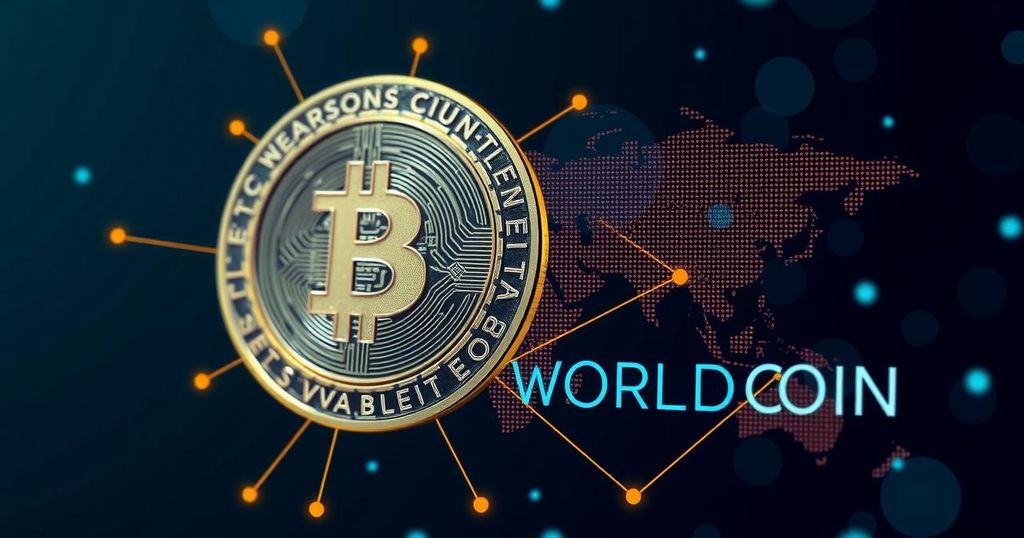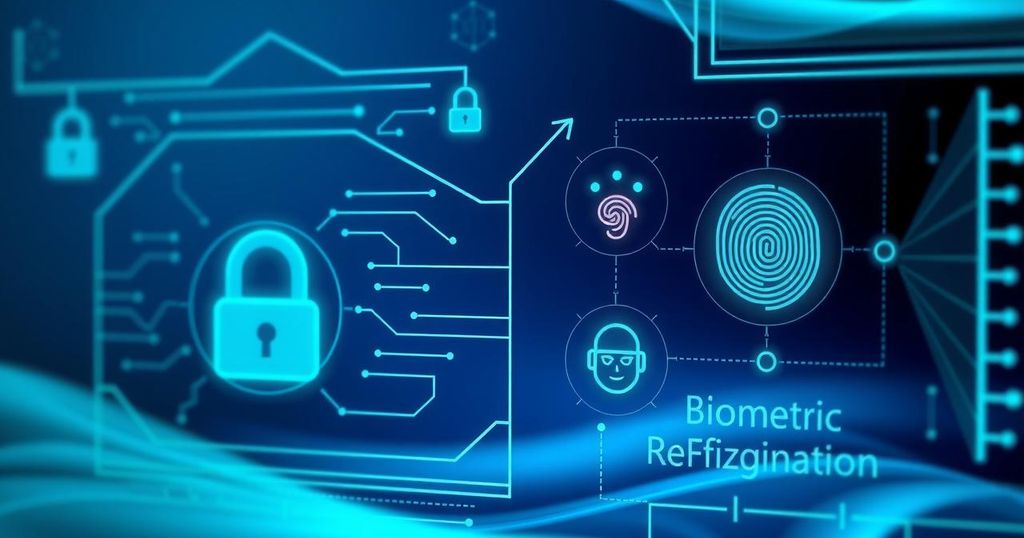Worldcoin has rebranded to World and launched an advanced biometric device, the Orb, for identity verification, utilizing optical scanning technology. The upgraded Orb promises superior efficiency and performance. The company partners with major apps for identity verification while facing privacy backlash over data management practices in various countries. Despite this, World aims for broader adoption of biometric identification in underserved markets.
Worldcoin, a blockchain identity verification entity co-founded by Sam Altman of OpenAI, has rebranded to simply “World” and unveiled its upgraded biometric authentication device utilizing advanced optical scanning. The revised device, known as the Orb, is powered by cutting-edge Nvidia hardware and boasts a performance improvement of fivefold over its predecessor. The new design is also more compact and energy-efficient, with fewer components required. The company anticipates that the Orb will be adopted widely in self-service kiosks and checkout systems in the near future. World also made significant moves to interface with popular applications, announcing identity verification collaborations with platforms like FaceTime, WhatsApp, and Zoom. Joel Hugentobler, a cryptocurrency analyst at Javelin Strategy & Research, noted, “It looks like World pivoting is to building out, rather than focusing on token or coin valuation. While there are privacy concerns with this project, at the end of the day, it’s not much different than using facial recognition software to unlock a phone.” He further elaborated that “the difference here is World is leveraging blockchain technology to verify on an immutable record identification.” As part of its core offering, World has introduced the World ID, designed to function similarly to a digital passport. Consumers using the Orb to scan their irises will be officially registered as a verified human, receiving their World ID. Additionally, selected users will be awarded crypto tokens (WLD) as verification tokens. Despite having nearly seven million registrations for iris scans, the initiative has faced backlash from privacy advocates who foresee challenges regarding the handling of personal data. Countries like Spain and Portugal have temporarily banned World IDs, with others, including Argentina and the UK, contemplating similar actions. Notwithstanding these privacy issues, the use of biometric authentication such as iris scanning is recognized as an inevitable advancement due to its straightforward and secure identity verification capabilities. This is paralleled by the broader consumer acclimatization to biometric modalities like facial recognition on mobile devices; however, iris scanning remains less common, potentially hindering World’s adoption rate.
Worldcoin has positioned itself at the intersection of blockchain and biometric technology, aiming to create a secure and efficient method for identity verification on a global scale. With the new Orb device, World focuses on enhancing its biometric verification processes, addressing the demand for more robust identity solutions, especially in areas facing challenges with traditional identification methods. The permission-based integration with widely-used communication platforms marks a strategic effort to bolster user adoption while bringing the concept of blockchain-powered identification to a broader audience. The demographic interests, especially in regions of economic vulnerability, highlight the need for reliable identity solutions that World aims to provide via its biometric authentication methods.
In summary, World has transitioned from Worldcoin to emphasize its commitment to biometric identification, with upgraded technology in the Orb device to enhance capabilities next to a strategic rebranding. While privacy concerns linger, the potential for blockchain-integrated biometric systems seems promising in providing secure identity verification solutions, particularly in regions where traditional systems struggle. World’s innovation places it at the forefront of a significant movement towards more robust identity management solutions, notwithstanding the challenges posed by regulatory scrutiny and public skepticism.
Original Source: www.paymentsjournal.com





